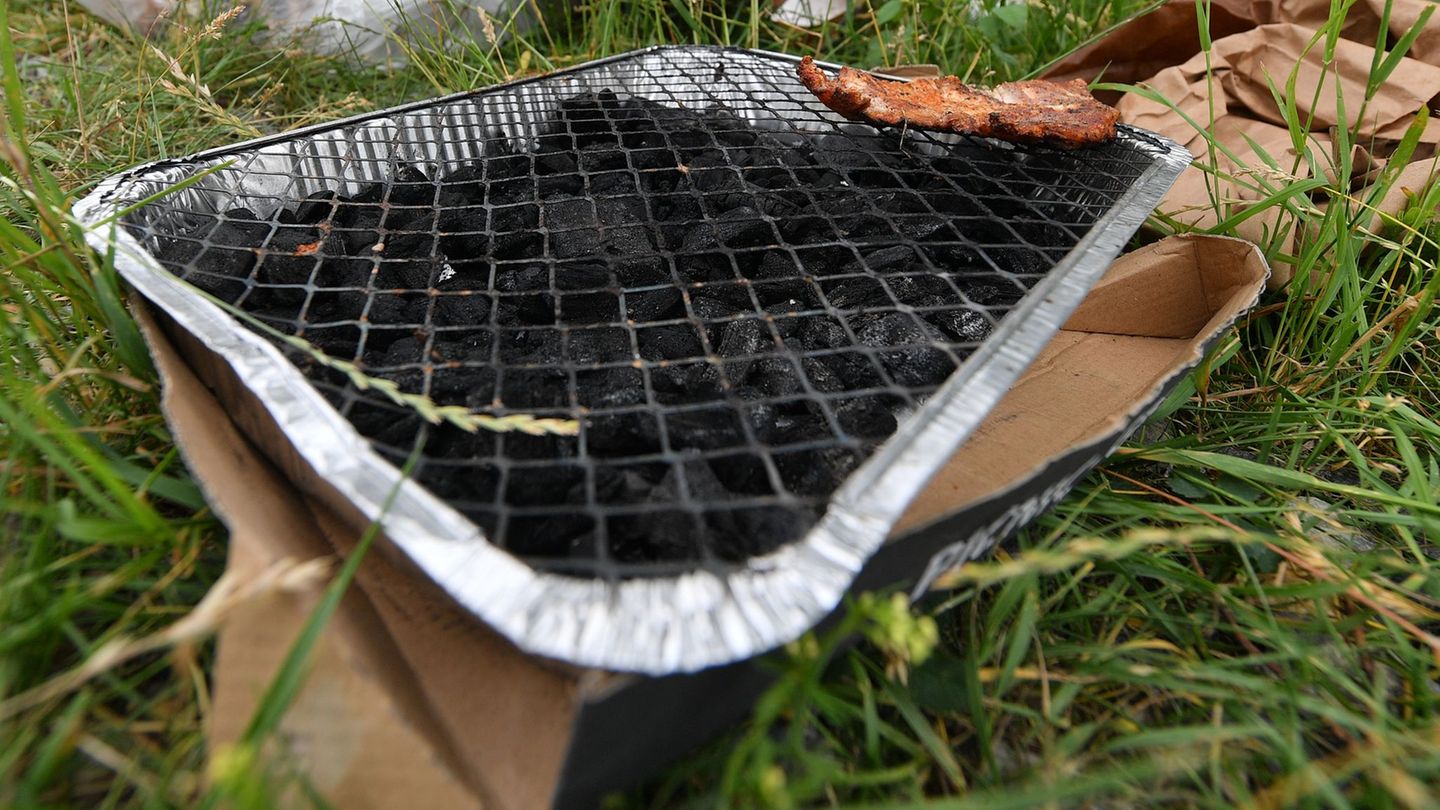Pruning grape vines is complex, requires specialist knowledge and has significant consequences. However, there is an increasing shortage of workers to do this. Artificial intelligence can do a lot.
Carolin Horst is filming a Pinot Gris vine in Oppenheim, Rhine-Hesse, with her cell phone. She uploads the video to a server and receives a digital twin of the vine on her display. The trunk is colored turquoise, the one-year-old shoots are yellow and the older two-year-old fruiting canes are green. The correct positions for gently pruning the vine glow orange. This product prototype for pruning supported by artificial intelligence (AI) is seen by experts as a promising approach.
This means that even an inexperienced person can prune the vine expertly using the gentle method, which, according to Matthias Porten from the Rural Area Service Center (DLR) Mosel, requires many courses and further training. In addition, there is an increasing shortage of skilled workers and workers. “The path must therefore go in the autonomous direction.”
Gentle pruning protects against disease
Why is so-called low-wound or gentle pruning so important? “This can reduce diseases such as Esca, which destroy the wood,” explains Porten. With this method, only a few cuts are made and the plant’s sap flow is maintained in one pathway inside and outside the trunk. “This is also a prophylactic to maintain plant health, so that fewer pesticides have to be used,” adds Volker Wenghoefer from the Rhineland-Palatinate Ministry of Viticulture.
The development of decision-making aids such as the prototype is an important basis for fully automating time-consuming work such as pruning using robotic systems, says Professor Dimitris Paraforos in the Institute of Technology at the university in Geisenheim, Hesse. With the automation of gentle pruning, this could be applied more specifically and could then also be used in the production of high-quality wines, adds Stephan Krauß from the German Research Center for Artificial Intelligence (DFKI). Krauss led the team from the Rhineland-Palatinate Technical University (RPTU) that worked on the AI pruning project.
The display of a tablet shows the points at which the vine should be pruned.
From research to practice
The Ministry of Viticulture in Mainz supported the project with almost 1.2 million euros from the European Innovation Partnership. “With such user-friendly applications, know-how from research is effectively put into practice and helps to reconcile economic and ecological sustainability in viticulture,” says Minister Daniela Schmitt (FDP).
“The bottleneck is the computing time,” says physicist and winemaker Carolin Horst, who also worked on the three-year project. It still takes almost three minutes for the filmed vine to appear on the screen as a colorful 3D model. “The requirement is to cut a vine in one minute,” says her colleague Dirk Hübener.
Method already in the curriculum for aspiring winemakers
However, the comparatively long computing time is not a fundamental problem, emphasizes Horst. Because: “The basic principle of gentle pruning is achieved after 10 or 20 vines.” And if a worker finds himself in front of a stick that has grown completely differently, he can have a digital suggestion for the right cut made on his smartphone. In any case, Bernd Prior from DLR Rheinhessen-Nahe-Hunsrück has already included the method, which he finds convincing, in his lessons for aspiring winemakers.
Hübener and Horst want to further develop the method for fruit tree pruning with their company 2farm, which was spun off from the project team. First, they targeted apple trees in productive locations. At the same time, discussions were underway with machine manufacturers about further automating AI pruning with robots, reports Hübener. Cutting robots have been being developed for 15 years. “But the sticking point to this day is image processing.”
AI use possible in many places
Ernst Büscher from the German Wine Institute sees AI-supported pruning as “part of the beginning of an exciting technological development in the wine industry.” Due to its high complexity, winemaking offers many starting points for the use of AI.
According to Paraforos and Krauß, their potential in viticulture is also very high. As examples, Paraforos cites the modeling of complex soil parameters, the development of more precise pest forecasts and decision-making aids for plant protection, or the monitoring and regulation of mechanical work in the vineyard, especially when carried out by autonomous robots.
The fact that the AI pruning product prototype is not yet available in series is due to a Swiss company that registered a very similar patent almost four years ago but has not yet been granted it, says Hübener. But there are also discussions with this competitor.
Source: Stern




